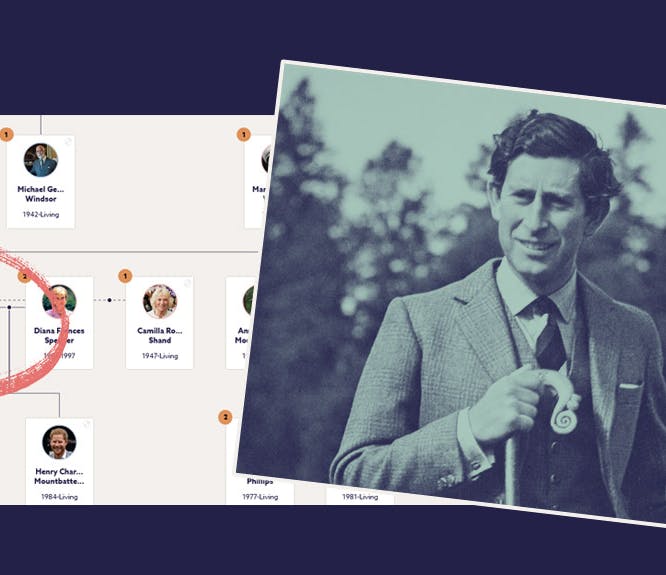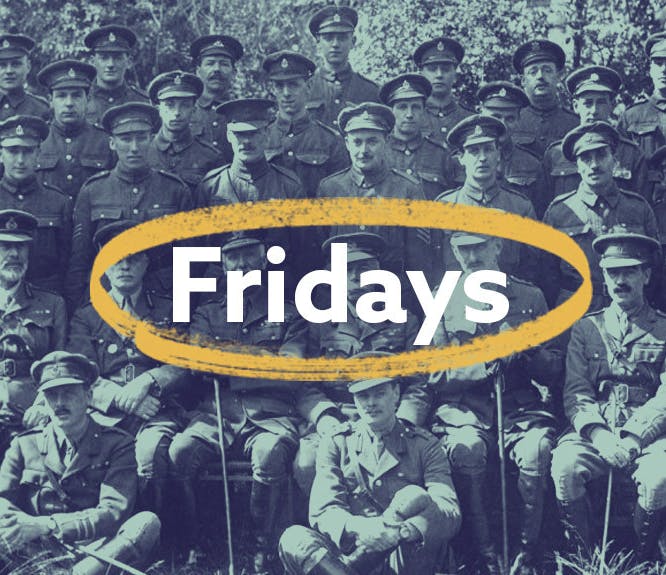The golden year of cinema: 5 movies from 1939 that changed film forever
3-4 minute read
By The Findmypast Team | November 3, 2015

Many critics, film historians and movie buffs view 1939 as the single greatest year in the history of cinema. The Hollywood studio scene was booming and unrest in Europe saw European talent pouring into California. Throughout the year, numerous iconic films debuted and their impact on the movie industry can still be felt today. Here are five of them...
Gone With the Wind
Hollywood giant David O. Selznick set out to produce this movie, adapted from Margaret Mitchell's Pulitzer-prize winning 1936 novel. The film painted a vivid picture of the 19th century South, and although it is often criticized for its take on slavery, it is remembered as one of the greatest films of all time.
Gone With The Wind remains to this day, the highest-grossing film of all time (adjusted for inflation). The film won a then-record 10 Oscars at the Academy Awards, including Best Picture, Best Director, Best Actress and Best Supporting Actress. And of course, the phrase "frankly my dear, I don't give a damn" became forever-ingrained in American culture...
The Wizard of Oz
It's hard to capture the significance of a movie like
The Wizard of Oz - arguably the most-recognized film of all time - in just a few words. An academic study published earlier this year tracked the number of times a given film is referenced by other movies (the Internet Movie Database tracks this). By that measure, the Wizard of Oz is the most influential film ever, and it's not even a close match. It's been referenced by other movies 565 times, while the second closest - Star Wars - has only been referenced 297 times.
After its release in 1939, the film was unanimously loved by the public. The movie featured an unprecedented number of popular musical numbers, and the technicolor and special effects were mind-blowing to an audience that was used to black and white and silent film. The picture also had a distinctly American character to it. The plot's allegorical themes touched on issues in American politics and society, and it also featured a wizard and protagonist from the rural heartland of the U.S.
Mr. Smith Goes to Washington
This 1939 political movie was a blend between comedy and drama, which turned James Stewart into a major motion picture star. Stewart played Jefferson Smith, a somewhat naive idealist, hand picked to serve in the U.S. Senate. Smith has to navigate the corrupt Washington political scene, which nearly chews him up and spits him out (spoiler alert: he triumphs in the end).
The film was initially criticized for its portrayal of the Senate as corrupt, with multiple Senators allegedly walking out of the premiere. Joseph Kennedy, serving at the time as an American diplomat in Britain, wrote back to Washington D.C., concerned that the film would damage America's reputation overseas. The film was popular with the public, however, and many praised it for its portrayal of a single, honest common man's impact on an entirely corrupt political system. The theme of the everyman making a big difference became a common trope in American movies thereafter.
Stagecoach
1939 also saw the debut of another film that created an iconic movie star.
Stagecoach - a Western film that told the story of strangers traveling together on a stagecoach through dangerous Apache territory - was John Wayne's first big breakthrough on the big screen. This film was also the first of many iconic Westerns that would be filmed in Monument Valley on the Arizona/Utah border.
Not only was
Stagecoach popular at the box office, it has since been viewed by film makers as one of the most influential films of all time - even outside of the Western genre. Filmmaker Orson Welles thought Stagecoach was a nearly perfect piece of film-making. In reference to preparing to film his masterpiece Citizen Kane, Welles said "I'd learned whatever I knew in the projection room - from Stagecoach Director John... It was like going to school."
Of Mice and Men
This 1939 drama was based on the 1937 novel of the same name by John Steinbeck. Both tell the story of two men struggling to survive during the dust bowl and Great Depression. The struggles of the Depression were still fresh in the minds of movie-goers, and according to critics, the film did an excellent job of capturing the poignant drama of Steinbeck's original work.
Of Mice and Men was one of the earliest films that Burgess Meredith (who played George) acted in. Meredith is also well known for his role as Rocky Balboa's trainer, Mickey Goldmill in the
Rocky film series in the 1980's. Watch this clip here as George encourages Lenny to fight back and you'll catch a glimpse of Meredith's "ringside encouragement" that he would become famous for decades later.
Want to explore 1939 in more depth? Check out these 5 fascinating facts you need to know about American-British relations in 1939
Related articles recommended for you

Who's who on King Charles III's family tree?
Build Your Family Tree

Have we found Audrey Hepburn in WW2 England?
Discoveries

The Women's Prize Trust announces Findmypast as the inaugural sponsor of the Women's Prize for Non-Fiction
The Findmypast Community

